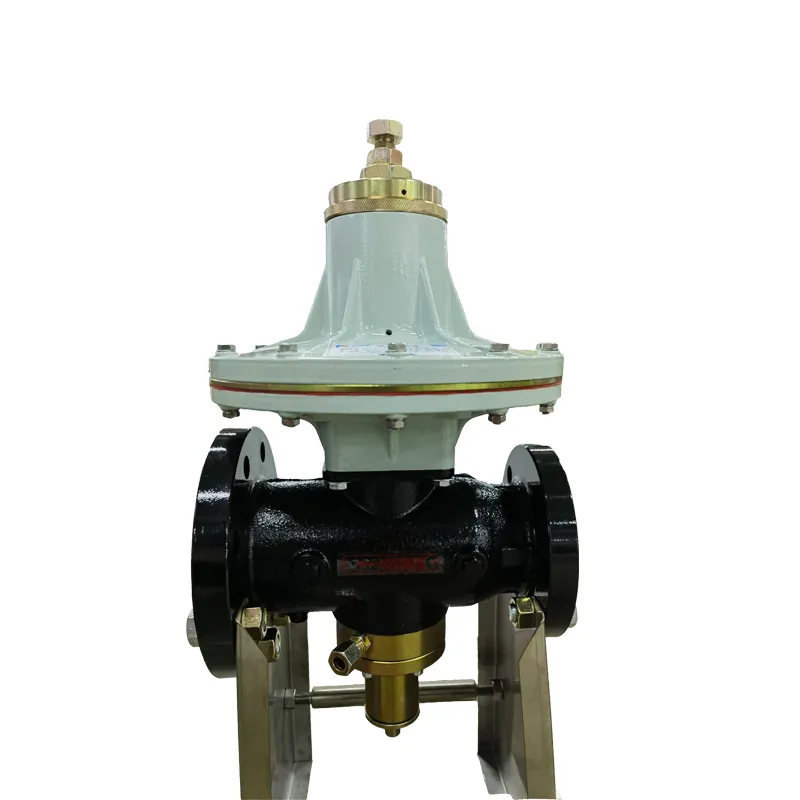
Nov . 21, 2024 10:34
Back to list
وعاء الضغط
Understanding Pressure Vessels An Essential Component in Engineering
Pressure vessels are critical components in various industries, including oil and gas, chemical manufacturing, and power generation. These specialized containers are designed to hold gases or liquids at high pressures, which makes understanding their design, safety standards, and applications essential for engineers and operators alike.
What is a Pressure Vessel?
A pressure vessel is a container designed to operate under high pressure. They are typically constructed from materials such as steel or composites and must withstand various operating conditions, including temperature fluctuations and potential chemical reactions. The design of a pressure vessel must consider factors like stress, thermal expansion, and corrosion, ensuring that the vessel can endure operational demands without failure.
Applications of Pressure Vessels
Pressure vessels are ubiquitous in many sectors. In the oil and gas industry, they are used to store natural gas and other volatile compounds. In chemical plants, they serve as reactors to facilitate chemical processes under controlled pressure. Power plants utilize pressure vessels in boilers, where water is heated to produce steam for electricity generation. The pharmaceutical industry also employs pressure vessels for the storage and processing of sensitive materials.
Safety Standards and Regulations
.
Manufacturers must also conduct rigorous testing, including hydrostatic tests, to verify the integrity of the vessels before they are put into service. Regular inspections and maintenance are essential to ensure long-term operational safety. These checks can identify any corrosion, wear, or failures that might compromise the vessel's performance.
وعاء الضغط

Design Considerations
The design of a pressure vessel requires careful consideration of several factors. Engineers must select appropriate materials based on the operational environment, including temperature, pressure, and the chemical nature of the contained substances. Finite element analysis (FEA) and computational fluid dynamics (CFD) are often utilized during the design phase to simulate various conditions and optimize the vessel's performance.
Additional considerations include the vessel's size, shape, and the type of end closures used. Common shapes for pressure vessels are cylindrical and spherical, each offering distinct advantages in terms of strength and material efficiency. The ends of the vessel—whether flat or hemispherical—also influence both the pressure distribution and fabrication techniques required.
Challenges and Innovations
Pressure vessels are not without their challenges. Engineers continually face issues like material fatigue, corrosion, and the high costs associated with manufacturing and maintenance. However, advances in materials science and engineering practices are contributing to innovative solutions. The use of composite materials, for example, can reduce weight while maintaining strength, leading to more efficient designs.
Moreover, the integration of smart technologies allows for the real-time monitoring of pressure vessels. Sensors can collect data on pressure, temperature, and structural integrity, enabling predictive maintenance and reducing the risk of catastrophic failures.
Conclusion
Pressure vessels play an indispensable role in numerous industries, serving as safe and reliable containers for high-pressure fluids. As technology continues to evolve, the design, construction, and maintenance of pressure vessels will also advance, integrating new materials and smart technologies to enhance safety and efficiency. Understanding these vessels is crucial for engineers, safety professionals, and anyone involved in industries that rely on high-pressure systems. As the demand for energy and chemicals grows, so too will the importance of pressure vessels in meeting these needs safely and effectively.
Next:
Latest news
-
Safety Valve Spring-Loaded Design Overpressure ProtectionNewsJul.25,2025
-
Precision Voltage Regulator AC5 Accuracy Grade PerformanceNewsJul.25,2025
-
Natural Gas Pressure Regulating Skid Industrial Pipeline ApplicationsNewsJul.25,2025
-
Natural Gas Filter Stainless Steel Mesh Element DesignNewsJul.25,2025
-
Gas Pressure Regulator Valve Direct-Acting Spring-Loaded DesignNewsJul.25,2025
-
Decompression Equipment Multi-Stage Heat Exchange System DesignNewsJul.25,2025

